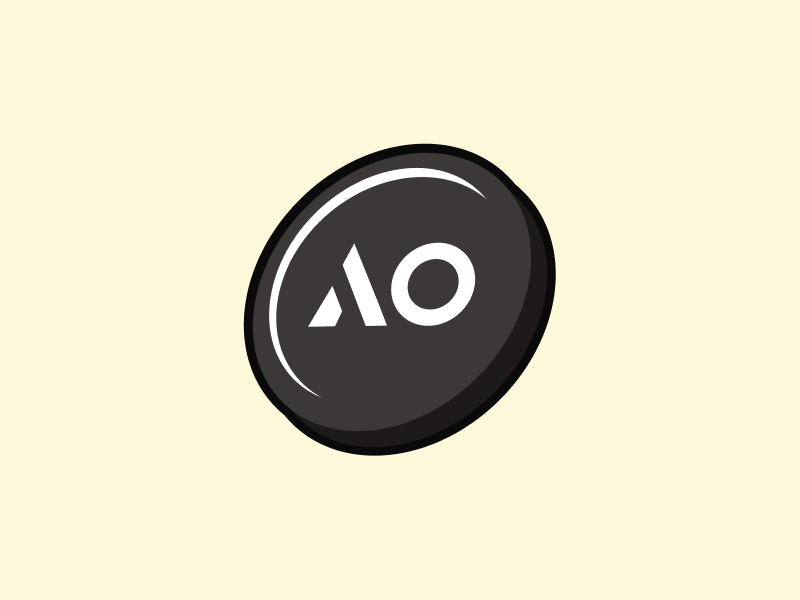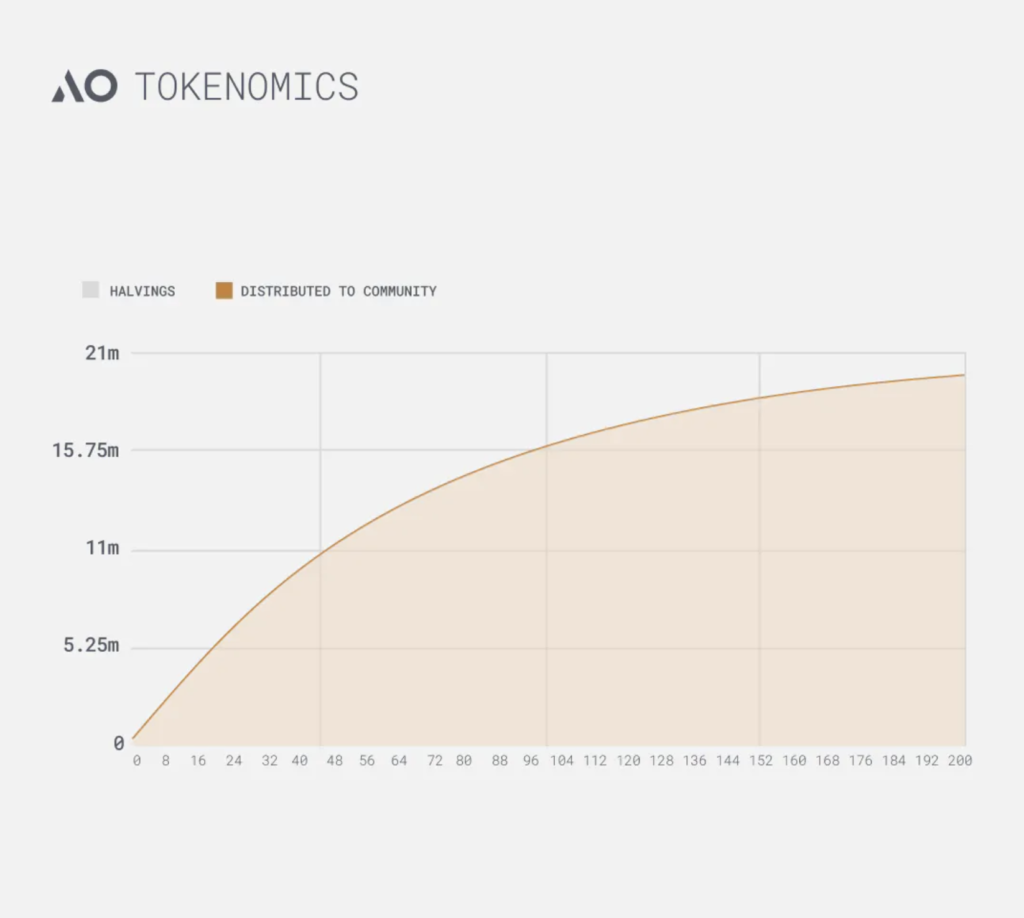What is AO Computer?

Every bull market brings unique trends. One trend in the 2024 bull market is the rebranding efforts by major crypto projects. Popular crypto projects from 2021 are doing this to rekindle investor interest and compete with hundreds of new projects. Fantom, MakerDAO, and Arweave are among those undergoing rebranding efforts. Instead of changing names and launching new tokens, Arweave has created a new L1 network called AO Computer. This article will thoroughly discuss what AO Computer is, how AO Computer works, and the potential of the AO coin.
Article Summary
- Rebranding Trend in the 2024 Bull Market: Crypto projects like Fantom, MakerDAO, and Arweave are rebranding to attract investor interest and compete with new projects.
- What Is AO Computer: AO Computer is a new L1 network built on the Arweave data storage protocol and designed to process thousands of transactions per second utilizing unlimited parallel processing.
- Unique Features of AO Computer: AO Computer offers unlimited scalability through parallel processing, a modular architecture compatible with various blockchain ecosystems, and autonomous process capabilities that allow on-chain AI agents.
- Potential and Tokenomics of AO Computer: AO Computer has significant potential in the L1 and AI sectors with a fair token distribution model without pre-sale. AO only needs to attract competent development teams to build applications on its network.
What is AO Computer?
AO Computer is an L1 network built on the Arweave data storage protocol. Arweave describes AO as a “Hyper Parallel Computer.” Furthermore, the AO network is designed to process thousands of transactions per second using parallel processing and Arweave as its data storage network.
AR ranks 54th with a market capitalization of $1.4 billion (as of July 9, 2024). Arweave is the second-largest data storage protocol after Filecoin. So, the combination of Arweave and AO Computer places them in a unique position as Arweave can now support a new ecosystem of applications.
With Arweave, AO Computer does not need to handle data storage functions and can focus solely on computation. AO Computer is built to be a high-performance network capable of handling large computational loads such as on-chain AI protocols. AO achieves this through various technologies such as unlimited parallel processing, Arweave’s permanent data storage, and a modular architecture.
Unique Features of AO Computer

- Unlimited Parallel Scalability: AO Computer supports many processes (dApps) running in parallel to each other. This parallel mechanism theoretically makes AO’s scalability unlimited.
- Arweave: Arweave acts as the data availability layer for AO Computer and the permanent data storage network. Therefore, AO is an L1 network that only performs computation functions. All AO transactions retrieve and process data from Arweave.
- Modular Architecture: AO Computer has a modular architecture and can use various types of Virtual Machines like EVM and SVM. So, this system automatically makes AO compatible with multiple blockchain ecosystems.
- Autonomous Processes: Processes can create schedules and specific parameters to automatically execute transactions at predetermined intervals. This feature enables the creation of autonomous agents on AO.
How AO Computer Works
AO Computer has very different technology jargon and terminology from typical blockchains. Two important terms to understand are processes and messages. Messages refer to all data that enters the AO network. All messages in AO follow the ANS-104 format. Meanwhile, processes refer to smart contracts or decentralized applications created on AO.
The most important innovation of AO is the absence of a global blockchain state and full parallelization. In Ethereum, all validators must observe and update the global state of blocks and transactions. In AO, there is no global network state. All processes are only responsible for messages within their respective applications (local state).
In this way, all processes can run independently without global synchronization. This model enables unlimited parallelization. Additionally, the local state model means AO does not require a consensus mechanism as validators do not need to validate messages from various applications.
AO computers do not need a consensus mechanism because Arweave has lazy evaluation technology that automatically orders transactions and moves the burden of data verification to the user level, not the network.

AO Computer processes messages through validators divided into three units: Scheduler Unit (SU), Messenger Unit (MU), and Compute Unit (CU). These three form the foundation of AO Computer, receiving and forwarding incoming messages from processes. Each process is also free to determine the number of SUs, MUs, and CUs used at any time.
The technological architecture and workings of AO Computer are designed to create a blockchain that opens up various new uses. For example, large AI models like Meta’s Llama 3 can run on the AO network. AO’s unique features also enable an ecosystem of AI agents without significant costs.
AO Tokenomics

AO Computer aims for the fairest possible distribution of AO. The AO coin does not have pre-sale, pre-mining, or VC investors. Therefore, AO tokens must be minted by users through direct participation in the network.
AO Computer explains that the AO tokens will follow Bitcoin’s model, 100% distributed to the community. Hence, AO has a total supply of 21 million and undergoes halving every four years.
Currently, there are two ways to obtain AO tokens:
AO tokens will then be automatically funneled to applications on AO that successfully attract users. Unlike BTC, which has miners, AO tokens will be minted as incentives for applications that successfully bring TVL.
AO will be released to the open market after the minting reaches 15%. This is likely to happen on February 8, 2025.
AO Computer’s Potential
AO Computer is one of the unique L1 networks with the potential to stir various trending narratives in the crypto world. Besides stirring the highly competitive L1 sector, AO Computer is the only general-purpose L1 that can meet AI needs. AI blockchains typically need to be specifically created for AI, such as Bittensor or Ritual. AO Computer is the only general smart contract platform that can facilitate on-chain AI models.
The flexible execution model also makes AO friendly for developers from various ecosystems like Ethereum, Solana, and Cosmos. Developers wanting to create on-chain AI can use AO instead of building a new network. Additionally, app creators who want innovative features that utilize AI agents or transaction automation will choose AO over other L1s.
We can predict the potential price of AO coins by comparing them to the FDV (fully diluted value) of other L1 and AI projects. Here is a table of AO prices at various FDV levels:
| Project | FDV | AO Price |
|---|---|---|
| SUI | $6.3 billion | $300 |
| NEAR | $5 billion | $238 |
| TAO | $4.3 billion | $204 |
| FET | $2.8 billion | $133 |
| INJ | $1.8 billion | $85 |
| AR | $1.4 billion | $66 |
A target of 50% of AR’s FDV, which is $700 million, is very realistic for AO’s launch. This figure would place AO coin at $33 with 15% of AO circulating at the initial launch on February 8, 2025.
Furthermore, AO’s Bitcoin tokenomics model eliminates concerns about being the exit liquidity for early investors. AO’s tokenomics also eliminates significant sell pressure at one time. So, AO’s sell pressure will only come from daily inflation, i.e., the minting of new AO coins.
Ultimately, AO coin prices will be influenced by many factors. Market conditions, marketing from Arweave, and community attention should also be considered before deciding to buy AO. Despite all these factors, AO Computer has strong fundamentals due to its innovative technology and integration with Arweave. The AO team only needs to attract quality development teams to keep its ecosystem alive and not become a ghost chain.
Conclusion
AO Computer emerges as a significant innovation in the crypto world, bringing a unique approach to decentralized computing and data storage. With unlimited parallel scalability and modular architecture, AO offers a highly flexible platform compatible with various blockchain ecosystems.
The potential for on-chain AI integration also gives AO a unique position in the competitive market. A fair tokenomics model focusing on application incentives ensures balanced token distribution, reducing sell pressure from early investors. So, with innovative technology and strong integration with Arweave, AO Computer has solid fundamentals to attract developers and ensure its ecosystem remains vibrant and active.
References
- AO Computer, “The AO Protocol: A Decentralized Open-Access Supercomputer,” accessed on 2 July 2024.
- “Concepts”, AO Cookbook, accessed on 3 July 2024.
- Seth Bloomberg, “Arweave, AO, and AI – Modular Framework with Flexible Security“, Messari, accessed on 3 July 2024.
- Rohit Pathare, “A Quick Guide to the AO Token“, Community Labs, accessed on 4 July 2024.
- Rohit Pathare, “A quick guide to AO: The hyper parallel computer”, Community Labs, accessed on 4 July 2024.
- @0xblessed_, “Exploring $AO | A Decentralized Hyper-Parallel Computing Platform | @aoTheComputer”, X, accessed on 5 July 2024.
Share


